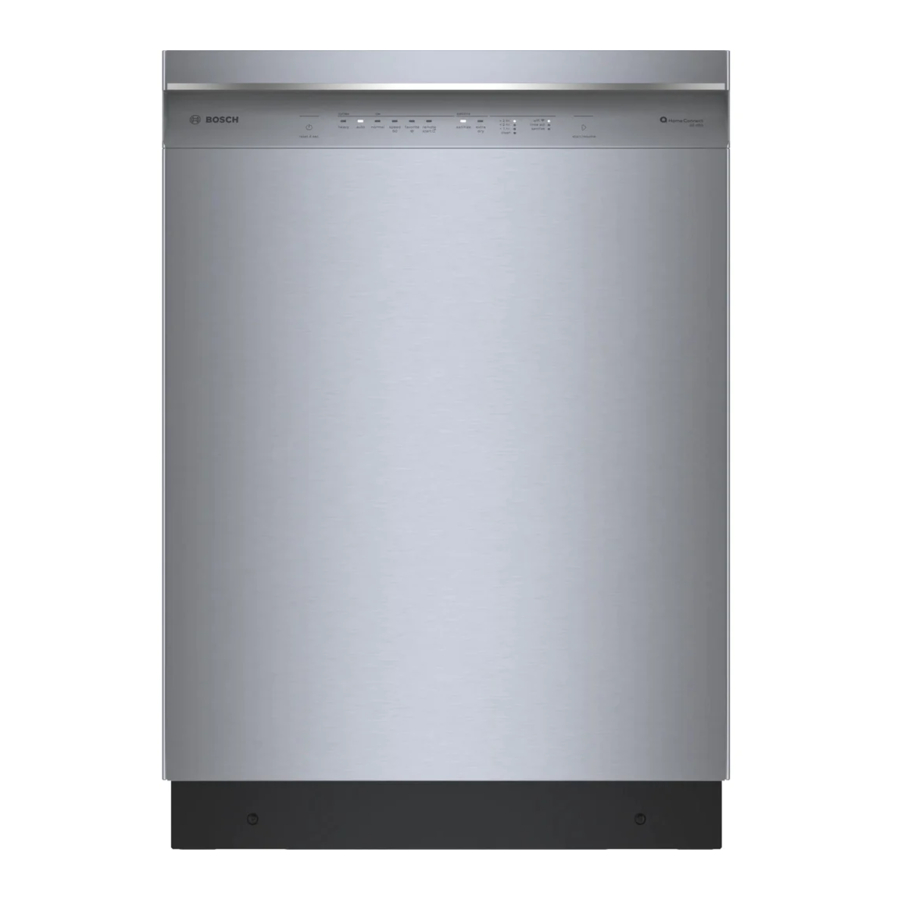Bosch FAP-OC 500Series Handbuch für Gebrauch und Pflege - Seite 12
Blättern Sie online oder laden Sie pdf Handbuch für Gebrauch und Pflege für Waschmaschine Bosch FAP-OC 500Series herunter. Bosch FAP-OC 500Series 21 Seiten. Built-in wall ovens
Auch für Bosch FAP-OC 500Series: Installationsanleitung Handbuch (21 seiten), Gebrauchsanweisung Handbuch (40 seiten), Installationshandbuch (6 seiten), Informationen zum Produkt (40 seiten), Installationshandbuch (28 seiten), Benutzerhandbuch (48 seiten), Benutzerhandbuch (48 seiten), Installationshandbuch (28 seiten), Handbuch für Gebrauch und Pflege (44 seiten), Installationshandbuch (32 seiten), Gebrauchs- und Pflegeanleitung / Installationsanleitung (40 seiten), Kurzreferenz-Handbuch (4 seiten), Handbuch für Gebrauch und Pflege (27 seiten), Installationshandbuch (24 seiten), Installationshandbuch (32 seiten), Handbuch für Gebrauch und Pflege (24 seiten), Installationshandbuch (28 seiten), Service-Handbuch (41 seiten), Installationshandbuch (32 seiten), Service-Handbuch (36 seiten), Installationshandbuch (32 seiten), Schnellstart- und Sicherheitshandbuch (13 seiten)

